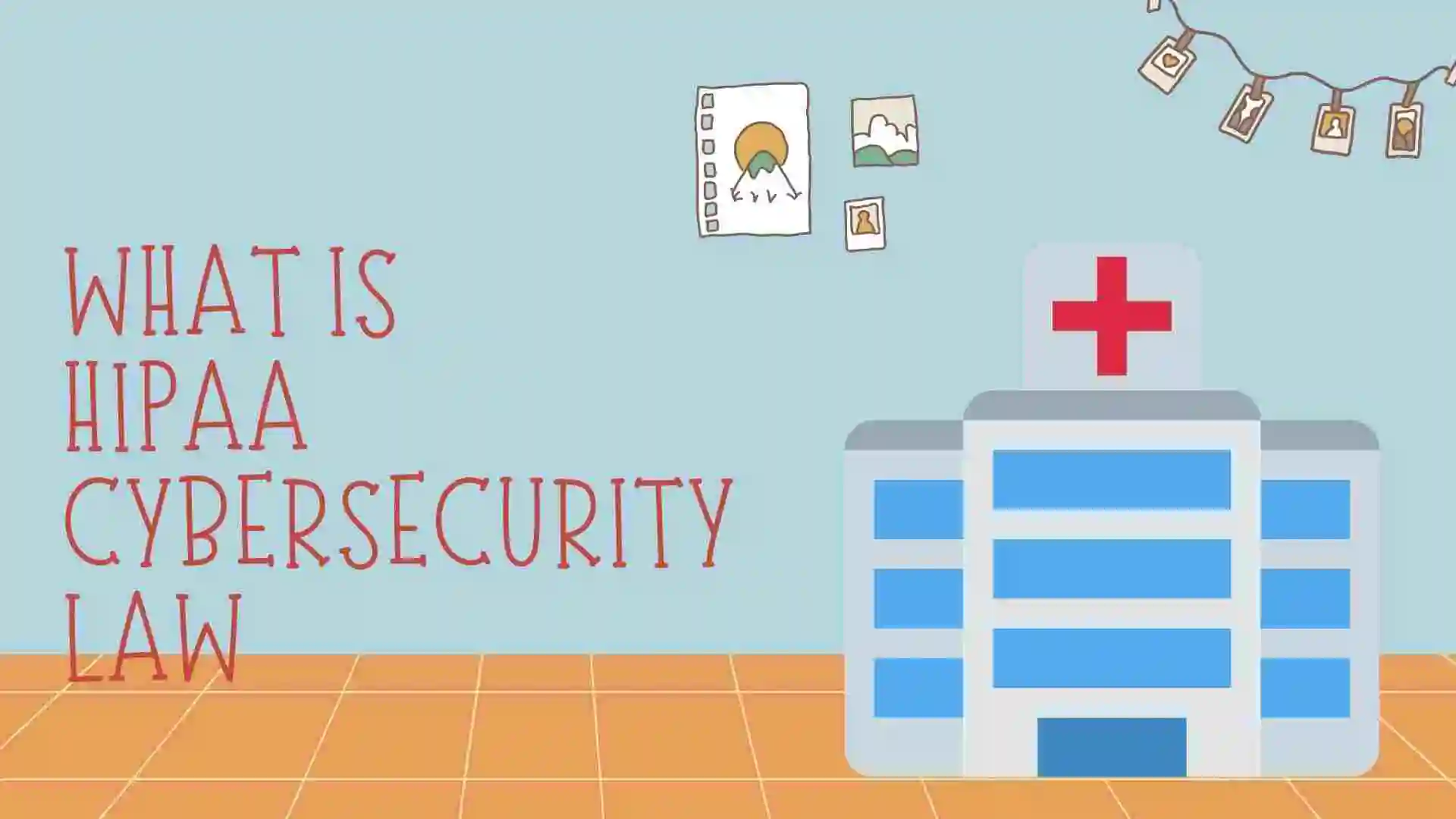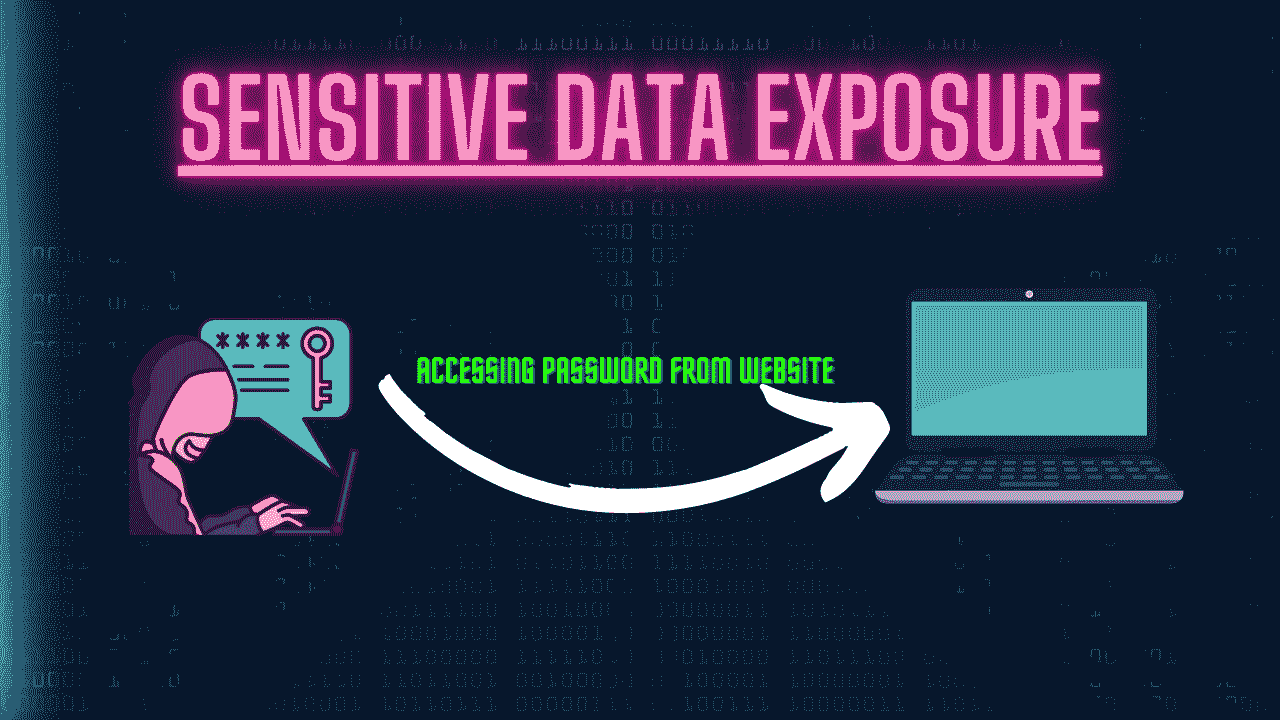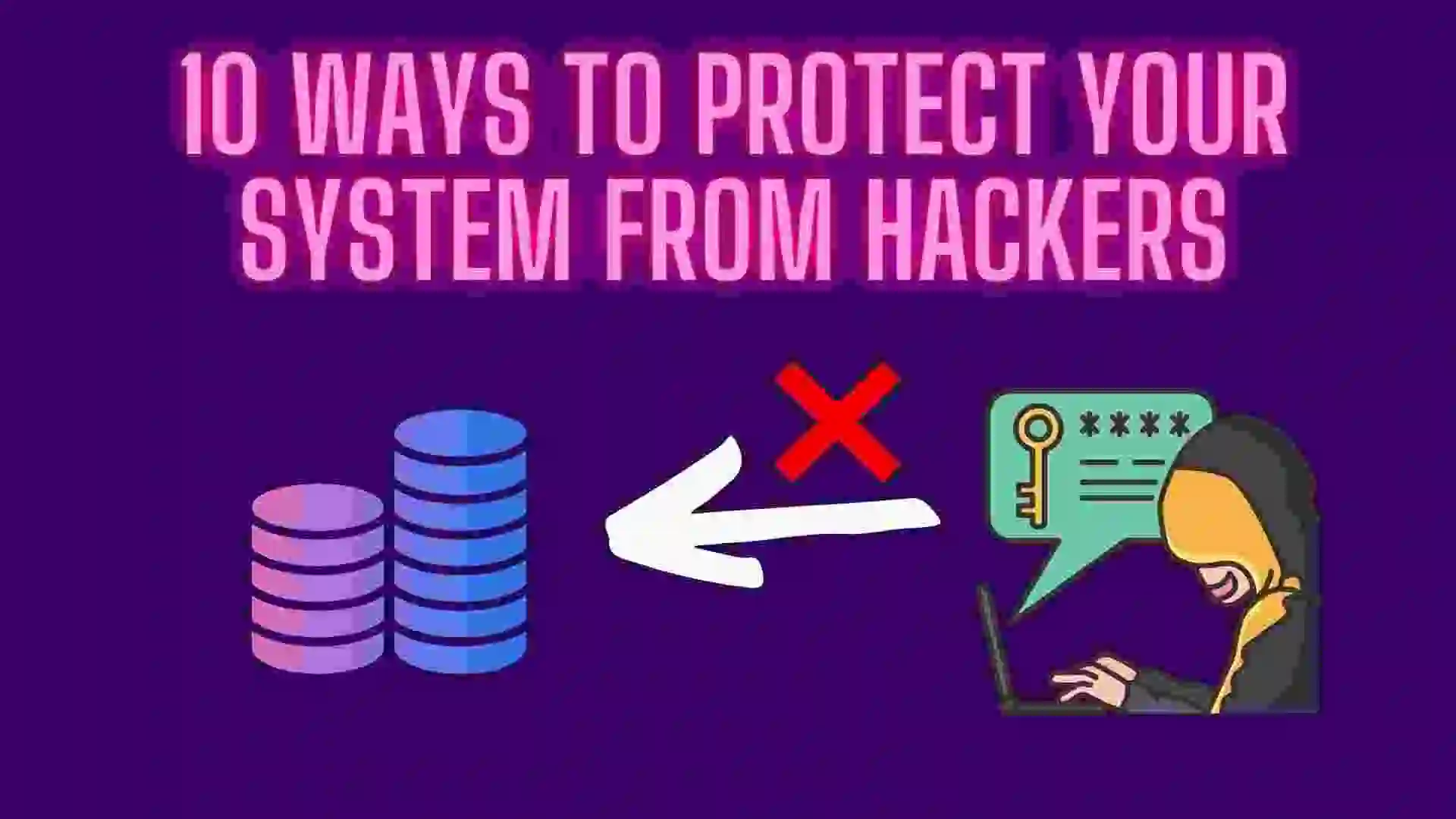In this blog, we will learn about HIPAA (Health Insurance Portability and Accountability Act), which is one of the most important Cyber Security Laws. We will see the main purpose of this law and its reasons. So let’s get started with the blog.
Table of Contents
- Introduction to HIPAA
- Purpose of HIPAA Cyber Security Law
- The main rules of HIPAA
- What information is protected under HIPAA?
- Benefits of HIPAA Cyber Security Law
- FAQ
- Recent Articles on Computer Networks
- Blogs Related to Cyber Security
Introduction to HIPAA
HIPAA, which stands for the Health Insurance Portability and Accountability Act, is a comprehensive U.S. federal law enacted in 1996 to address various aspects of healthcare, health insurance, and patient privacy.
The primary objectives of HIPAA are to improve the efficiency and effectiveness of the healthcare system, provide individuals with greater control over their healthcare information, and enhance the security and privacy of sensitive patient data.
HIPAA has had a significant impact on how healthcare organizations handle patient data, emphasizing the importance of patient privacy, security, and data protection. Compliance with HIPAA regulations is crucial for covered entities and their business associates to avoid legal repercussions and maintain the trust of patients.
It’s important to note that HIPAA is a complex and evolving legal framework, and its application can vary depending on the specific circumstances and developments in healthcare and technology. For the most accurate and up-to-date information on HIPAA, it’s advisable to consult legal experts, regulatory agencies, and official resources.
Purpose of HIPAA Cyber Security Law
The Health Insurance Portability and Accountability Act (HIPAA) serves several important purposes, primarily focused on improving the healthcare system, enhancing patient privacy, and ensuring the security of sensitive health information. Some of the key purposes of HIPAA include:
A) Patient Privacy and Control:
HIPAA was enacted to provide patients with greater control over their personal health information. It establishes standards for how healthcare providers, health plans, and other covered entities can use and disclose patients’ protected health information (PHI). Patients have the right to access their own medical records, request corrections for inaccuracies, and determine who can access their health information.
B) Security of Health Information:
HIPAA emphasizes the importance of safeguarding electronic protected health information (ePHI) through the Security Rule. Covered entities are required to implement various technical, physical, and administrative safeguards to ensure the confidentiality, integrity, and availability of ePHI. This helps protect against data breaches, cyberattacks, and unauthorized access.
C) Facilitating Healthcare Transactions:
It includes provisions that simplify healthcare transactions and administrative processes. For instance, it mandates standardized electronic formats for submitting claims and conducting other administrative transactions, which helps streamline processes and reduce administrative burdens.
D) Portability of Health Coverage:
It ensures that individuals have the ability to maintain their health insurance coverage even when transitioning between jobs or insurance plans. It limits pre-existing condition exclusions and provides certain protections for individuals who change jobs or experience other life events.
E) Reducing Healthcare Fraud and Abuse:
It contributes to reducing fraud and abuse within the healthcare system. It includes provisions to prevent fraudulent billing practices and other fraudulent activities that can lead to wasteful spending and higher healthcare costs.
F) Promoting Electronic Health Records (EHRs):
The HIPAA legislation, particularly through the HITECH Act, promotes the adoption of electronic health records (EHRs) and the use of health information technology to improve the efficiency and quality of healthcare delivery. This includes incentivizing healthcare providers to adopt EHRs and ensuring the security and privacy of electronic health information.
G) Breach Notification and Accountability:
The Breach Notification Rule under HIPAA ensures that individuals are promptly informed if their health information is compromised in a data breach. This promotes transparency and accountability in cases where patient data is exposed.
H) Standardizing Healthcare Transactions:
HIPAA standardizes various healthcare transactions, such as claim submissions and eligibility inquiries, which helps reduce administrative complexity, improve efficiency, and minimize errors.
Overall, HIPAA aims to strike a balance between ensuring patient privacy and promoting the effective exchange of health information for healthcare purposes. By establishing clear rules and guidelines for the use, disclosure, and security of health information, HIPAA contributes to building trust between patients and healthcare entities and helps maintain the integrity of the healthcare system.
The main rules of HIPAA
There are two more important rules that come under HIPAA:
A) HIPAA Privacy Rule
The Health Insurance Portability and Accountability Act (HIPAA) Privacy Rule is a federal regulation in the United States that was enacted in 2003 as part of the larger HIPAA legislation. Its main purpose is to protect the privacy of individually identifiable health information and set boundaries on how healthcare providers and other entities can use and disclose protected health information (PHI).
Key aspects of the HIPAA Privacy Rule include:
A) Protected Health Information (PHI):
PHI includes any individually identifiable health information that is created, received, or maintained by a covered entity (e.g., healthcare providers, health plans, healthcare clearinghouses) or their business associates. This information may include a person’s medical history, test results, treatment information, and other health-related data.
B) Covered Entities:
The HIPAA Privacy Rule applies to covered entities, which are healthcare providers, health plans, and healthcare clearinghouses that electronically transmit health information. These entities must comply with the rule’s requirements to protect PHI.
C) Use and Disclosure of PHI:
The rule outlines when and how PHI can be used and disclosed without the individual’s authorization. It permits the use of PHI for treatment, payment, and healthcare operations (TPO) purposes, among other exceptions. In most cases, covered entities need to obtain written authorization from the individual before using or disclosing PHI for other purposes.
D) Individual Rights:
The Privacy Rule grants certain rights to individuals regarding their PHI. These rights include the right to access, inspect, and obtain a copy of their health information, as well as the right to request corrections or amendments to their PHI.
E) Minimum Necessary Standard:
Covered entities must make reasonable efforts to use, disclose, and request only the minimum necessary PHI to accomplish the intended purpose. This principle aims to limit unnecessary access to sensitive health information.
Non-compliance with the HIPAA Privacy Rule can result in substantial fines and penalties. The U.S. Department of Health and Human Services (HHS) Office for Civil Rights (OCR) is responsible for enforcing the rule and investigating complaints related to HIPAA violations.
B) HIPAA Security Rule
The Health Insurance Portability and Accountability Act (HIPAA) Security Rule is a set of regulations that aim to protect the confidentiality, integrity, and availability of electronically protected health information (ePHI) that is created, received, maintained, or transmitted by covered entities and their business associates.
Key features and requirements of the HIPAA Security Rule include:
A) Administrative Safeguards:
These are the policies and procedures that organizations must establish to manage the selection, development, implementation, and maintenance of security measures. Examples include conducting risk assessments, implementing security awareness training for employees, and designating a security officer.
B) Physical Safeguards:
These measures involve protecting physical access to electronic systems and data. This can include secure facility access, workstation policies, and the use of media controls to restrict access to ePHI.
C) Technical Safeguards:
These are the technology-related measures that must be in place to protect ePHI. Examples include access controls, encryption and decryption, audit controls, and secure messaging.
D) Organizational Requirements:
Covered entities must have contracts or other arrangements in place with their business associates to ensure that they also implement appropriate security measures to protect ePHI.
E) Breach Notification:
The Security Rule requires covered entities to report breaches of unsecured ePHI to affected individuals, the U.S. Department of Health and Human Services (HHS), and, in some cases, the media.
F) Security Incident Procedures:
Covered entities must have procedures in place to identify, respond to, and document security incidents that may impact the confidentiality, integrity, or availability of ePHI.
What information is protected under HIPAA?
Under the Health Insurance Portability and Accountability Act (HIPAA), protected health information (PHI) is information that is safeguarded and subject to strict privacy and security rules. PHI is individually identifiable health information that is created, received, maintained, or transmitted by a covered entity or its business associate. The information can relate to an individual’s past, present, or future physical or mental health condition and can include information used to identify the individual.
Examples of protected health information (PHI) include, but are not limited to:
- Names, addresses, and other contact information (e.g., phone numbers, email addresses)
- Dates related to an individual, such as birth date, admission date, and discharge date
- Social Security numbers
- Medical record numbers
- Health plan beneficiary numbers
- Health insurance account numbers
- Biometric data (e.g., fingerprints, voiceprints, retinal scans)
- Medical histories and medical test results
- Treatment information
- Prescription information
- Any other unique identifier that could be used to identify an individual
It is essential to note that PHI can be in various forms, such as electronic, paper, or oral, and the HIPAA Privacy Rule applies to all forms of PHI. The goal is to protect patient’s sensitive health information and ensure that covered entities and their business associates handle it with appropriate privacy and security measures to prevent unauthorized access, use, or disclosure. Failure to comply with HIPAA rules regarding PHI can result in severe penalties and fines for covered entities and their business associates.
Benefits of HIPAA Cyber Security Law
Here are the benefits of the HIPAA cybersecurity law:
- Protection of Patient Privacy: HIPAA’s Security Rule mandates safeguards to protect the privacy and security of patients’ health information. This ensures that healthcare organizations maintain the confidentiality of sensitive medical records and information.
- Enhanced Data Security: The HIPAA Security Rule requires healthcare organizations to implement administrative, physical, and technical security measures to protect ePHI. This includes access controls, encryption, audit controls, and regular security assessments, resulting in a more secure data environment.
- Reduced Risk of Data Breaches: Compliance with HIPAA cybersecurity requirements significantly reduces the risk of data breaches and unauthorized access to patients’ health information. Implementing strong security measures helps prevent incidents that could lead to exposure or theft of ePHI.
- Improved Trust and Confidence: Adhering to HIPAA standards and protecting patients’ privacy and data helps build trust and confidence among patients. Patients are more likely to share their health information when they trust that healthcare organizations are safeguarding their data.
- Legal and Regulatory Compliance: Compliance with HIPAA cybersecurity regulations ensures that healthcare organizations meet legal and regulatory obligations related to the security and privacy of health information. Non-compliance can result in significant fines and legal penalties.
- Efficient Data Exchange and Interoperability: By standardizing security measures and privacy practices, HIPAA facilitates efficient and secure electronic data exchange between different healthcare entities. This promotes better interoperability and streamlined communication in the healthcare industry.
- Risk Management and Mitigation: HIPAA’s Security Rule mandates risk assessments to identify vulnerabilities and risks related to ePHI. This proactive approach allows organizations to mitigate identified risks and implement necessary security controls to protect against potential threats.
- Preservation of Data Integrity: Ensuring data integrity is a key component of HIPAA’s Security Rule. Healthcare organizations must have mechanisms in place to verify that ePHI remains accurate and unchanged, maintaining its reliability and trustworthiness.
- Encouragement of Technological Advancements: HIPAA promotes the adoption of secure and advanced technologies that help healthcare organizations protect ePHI. This encourages the development and implementation of innovative solutions that enhance data security and privacy.
- Global Relevance and Recognition: While HIPAA is a U.S. law, its principles and influence have been recognized globally. Many healthcare organizations outside the U.S. adopt similar security and privacy practices to ensure the protection of health information.
In summary, compliance with HIPAA cybersecurity regulations helps healthcare organizations uphold patient privacy, enhance data security, minimize risks, and foster trust among patients, ultimately contributing to a more secure and efficient healthcare system.
Note: This blog is mainly based on Wikipedia.
FAQ
HIPPA Stands for Health Insurance Portability and Accountability Act
HIPAA, which stands for the Health Insurance Portability and Accountability Act, is a comprehensive U.S. federal law enacted in 1996 to address various aspects of healthcare, health insurance, and patient privacy.
The primary objectives of HIPAA are to improve the efficiency and effectiveness of the healthcare system, provide individuals with greater control over their healthcare information, and enhance the security and privacy of sensitive patient data.
Recent Articles on Computer Networks
- Introduction to Computer Networking | What is Computer Network
- What are Topology & Types of Topology in Computer Network
- What is FootPrinting in Cyber Security and its Types, Purpose
- Introduction to Cloud Computing | What is Cloud Computing
- Distributed Shared Memory and Its Advantages and Disadvantages
- What is a VPN? How does a VPN Work? What VPN should I use?
- What is an Internet and How the Internet Works
- What is a Website and How Does a Website or web work?
- Introduction to Virus and Different Types of Viruses in Computer
- What is TCP and its Types and What is TCP three-way Handshake
- What is the UDP Protocol? How does it work and what are its advantages?
- What is an IP and its Functions, What is IPv4 and IPv6 Address
- What is MAC Address and its Types and Difference MAC vs IP
- What is ARP and its Types? How Does it Work and ARP Format
- Sessions and Cookies and the Difference Between Them
- What is the ICMP Protocol and its Message Format?
- What is Big Data? Characteristics and Types of Big Data
- Disciplines of CyberSecurity | What are the goals of CyberSecurity?
- What is Firewall, Features, Types and How does the Firewall Work?
- Network Scanning, Types, and Stealth Scan in Computer Network
- Cryptography and its Types in Ethical Hacking
- Tor Browser and How Does It Work | Onion Router Tutorial
- Proxy Server, Advantages, Difference between Proxy Server & VPN
- DHCP Protocol and What Are the Pros and Cons of DHCP
- Intrusion Detection System(IDS) and What are the types of IDS
- Domain Name Server, How Does It Work, and its advantages
- Telnet: Introduction, How Does it Work, and Its Pros and Cons
- SOC: Introduction, Functions performed by SOC, and its Pros
- What is SIEM? | What is the Difference between SIEM and SOC?
- Application Layer in OSI Model | OSI Model Application Layer
- What is SSL Protocol or SSL/TLS and SSL Handshake, and Architecture of SSL
- What are Servers, how do they work, and its different Types
- Network Devices-Router, Switch, Hub, etc in Computer Network
- Connection Oriented and Connection-less Services in Network
- Physical Layer in OSI Model | OSI Model Physical Layer
- Presentation Layer in OSI Model | OSI Model Presentation Layer
- Session layer in OSI Model | OSI Model Session layer
- Transport Layer in OSI Model | Computer Network Transport Layer
- Network Layer in OSI Model | OSI Model Network Layer
- Data Link Layer in OSI Model | OSI Model Data Link Layer
- Block Diagram of Communication System with Detailed Explanation
Blogs Related to Cyber Security
- What is Ethical Hacking || Introduction to Ethical Hacking
- System Security and Protection in Cybersecurity
- What is GLBA (Gramm-Leach-Bliley Act) in Cyber Security Law?
- What is NIST (National Institute of Standards and Technology)?
- What is GDPR (General Data Protection Regulation)?
- What are ISO 27001 and CIA in Cyber Security Law?
- What is HITRUST Framework in Cyber Security Law
- Ethical Hackers, Types, and Responsibilities of Ethical Hackers
- VAPT, Benefits, and What are the Roles of VAPT in Company
- What is Pen Testing, Requirement, Types, and Roles of PenTester




